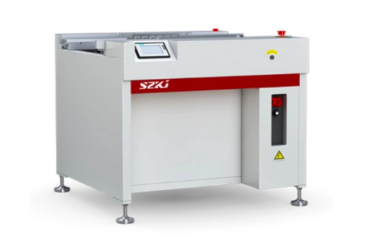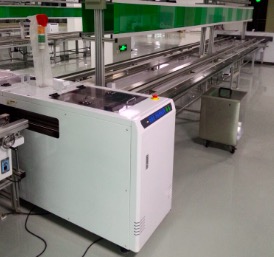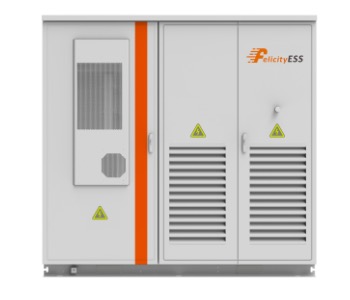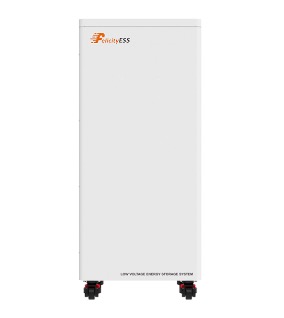目录
A barebone computer is a machine with a motherboard that integrates the primary display, sound system, and commonly used interfaces. To form a laptop, the user must purchase other accessories separately. For example, you must buy a CPU, memory, hard disk, monitor, speaker, CD-ROM, etc. Currently, there are both PC and server models of barebones on the market.
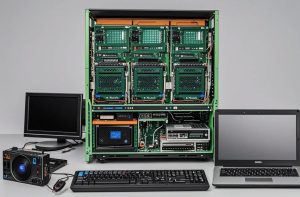
Strictly speaking, a barebone computer is not an operating system, but a host system, which can be regarded as a semi-finished computer, generally without a CPU, memory, and hard disk. Users can configure the CPU, memory, and hard disk according to their needs until it is a complete computer. The barebones have both desktops and laptops. Roughly speaking, a barebone computer is a machine with a motherboard that integrates the primary display, sound system, and commonly used interfaces. To form a laptop, the user must purchase other accessories separately. For example, you must buy a CPU, memory, hard disk, monitor, speaker, CD-ROM, cooling, etc. Currently, there are both PC and server models of barebones on the market. The general barebone system has the “face of the goddess”, the petite size, and can even be enjoyed as a work of art (ornament), of course, it is mainly for others to see.
There is only one reason for the birth of barebones, which is to reduce cost risk to computer manufacturers. Barebone computers were originally developed from semi-finished PC systems. To avoid large price fluctuations during the transportation of components, manufacturers at the time provided a more flexible customization model. The barebones product is to assemble some price-insensitive computer components and then sell them to customers. The advantages of doing so are to reduce the risk of price fluctuations of accessories and to minimize the damage of sensitive components during transportation. This is very beneficial to the production and sales of manufacturers.
Advantages of barebone computer:
Originally, the barebone computer was tailor-made for OEM customers or brand-name machines, and its original design was a cheap solution to avoid rapid changes in the price of accessories such as CPU, memory, etc., and to save the cost of single-machine manufacturing. In my opinion, the biggest feature of barebones compared to traditional desktop computers is home appliances. Let’s first look at the advantages of barebones:
First, barebone computers generally have a nice, sleek look. Barebone systems generally use fashionable and compact chassis, and various interfaces and control buttons are generally integrated into the front panel of the chassis, which is not only convenient to control, but also makes our living room more beautiful, and does not even require a special computer desk. Like popular fashionable home appliances, they can be placed on desks or desks at will.
Second, the functions of the barebone computer are not bad. With the advancement of technology, integration is no longer synonymous with low functions. The current barebones products provide 3D graphics cards, multi-channel sound cards, network cards, USB, and IEEE1394, The mainstream functions such as optical fiber are readily available, and although it is not comparable to the top accessories on the market, it also makes the performance of the barebones products not inferior to mainstream desktops.
Third, the barebone computer has better multimedia functions and is more suitable for home use. At present, many barebone systems provide a complete set of interfaces such as USB, IEEE1994, and optical fiber. Users can easily connect various digital devices, and such practical functions as direct CD playback have been carefully considered by barebone system developers.
Disadvantages of barebone computer
Of course, barebone computers are not perfect, and their shortcomings are also prominent.
First, barebone computers have limited scalability. Since the motherboard, sound card, and graphics card of the barebone computer are integrated into one, the upgrade and expansion capability is very low. Moreover, replacing the motherboard, sound card, and graphics card at the same time will lead to high upgrade costs.
Second, the price of the barebone computer is expensive. At present, the cheapest barebones price is also around 1,500 yuan, but for a budget-conscious DIYer, 1,500 yuan to buy only the chassis and motherboard, sound card, graphics card, and other components is indeed a bit expensive and unacceptable.
Third, the maintenance of the barebone computer is inconvenient. When the user’s barebones machine fails, it is difficult for ordinary users to judge, and they can only take it back to the seller for repair.
0